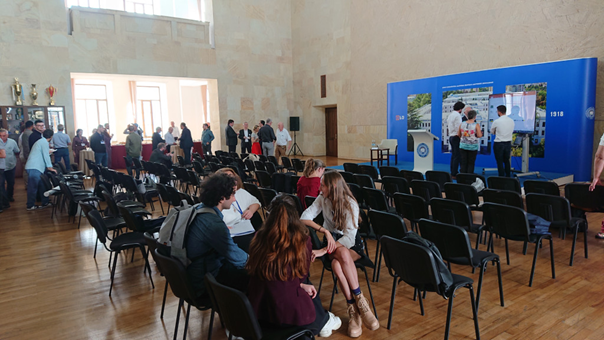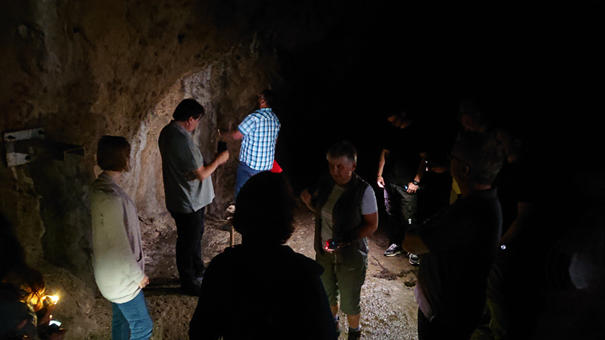

DAMAST teams present works
The importance of water storage is increasing due to the demand for a successful energy transition and the challenges of climate change, such as heavy precipitation and flooding on the one hand and long droughts on the other. The DAMAST project (2019-2022) was intended to contribute to their long-term safe and efficient operation. The aim was to develop, install and test monitoring systems that are transferable to other dams. The project used innovative methods for collecting and analysing relevant data. DAMAST was dedicated to the long-term efficiency of dam operation and avoiding the construction of replacement storage capacities. The follow-up project, DAMAST-Transfer (2022-2024), aims to transfer the knowledge gained from DAMAST to provide the public with clean, reliable and affordable energy.
The presentations at the "Conference on Monitoring for Enhanced High Dam Lifetime: Reliable Supply of Water and Electricity in times of Decarbonisation" in the morning were dedicated to the results of DAMAST, in the afternoon the focus was on the ongoing and future work within the framework of DAMAST-Transfer. The presence of the media was gratifying: 5 different television teams were present and the conference was reported on in many places.


Subsequent field stay
After the conference, the participants had the opportunity to inform themselves on site about the measuring equipment and procedures that are operated and used in cooperation with the Georgian partners. We visited the seismological stations, the geodetic stations, a position of the Groundbased SAR and much more.

During our stay in the area of the Khoko Landslide, where we had the entrance to the boat ride and Thomas Röckel explained the tectonics, a heavyweight former general came to give us greetings from the Minister of Economy. He actually wanted to join us on the field trip, but was delayed.
Due to the extremely low water level, geological structures at the reservoir could be explored from the boat.

On the water, there were still explanations from colleague Andreas Kron about the investigations of the sediments and the morphodynamics in the reservoir.
The field trip participants also visited the wet and unlit tunnels around the Enguri Dam, where part of the borehole measurements had taken place.

The day was rounded off by a night walk through the Enguri Dam.
More about the field trip and the link to download the field trip guide can be found at:
